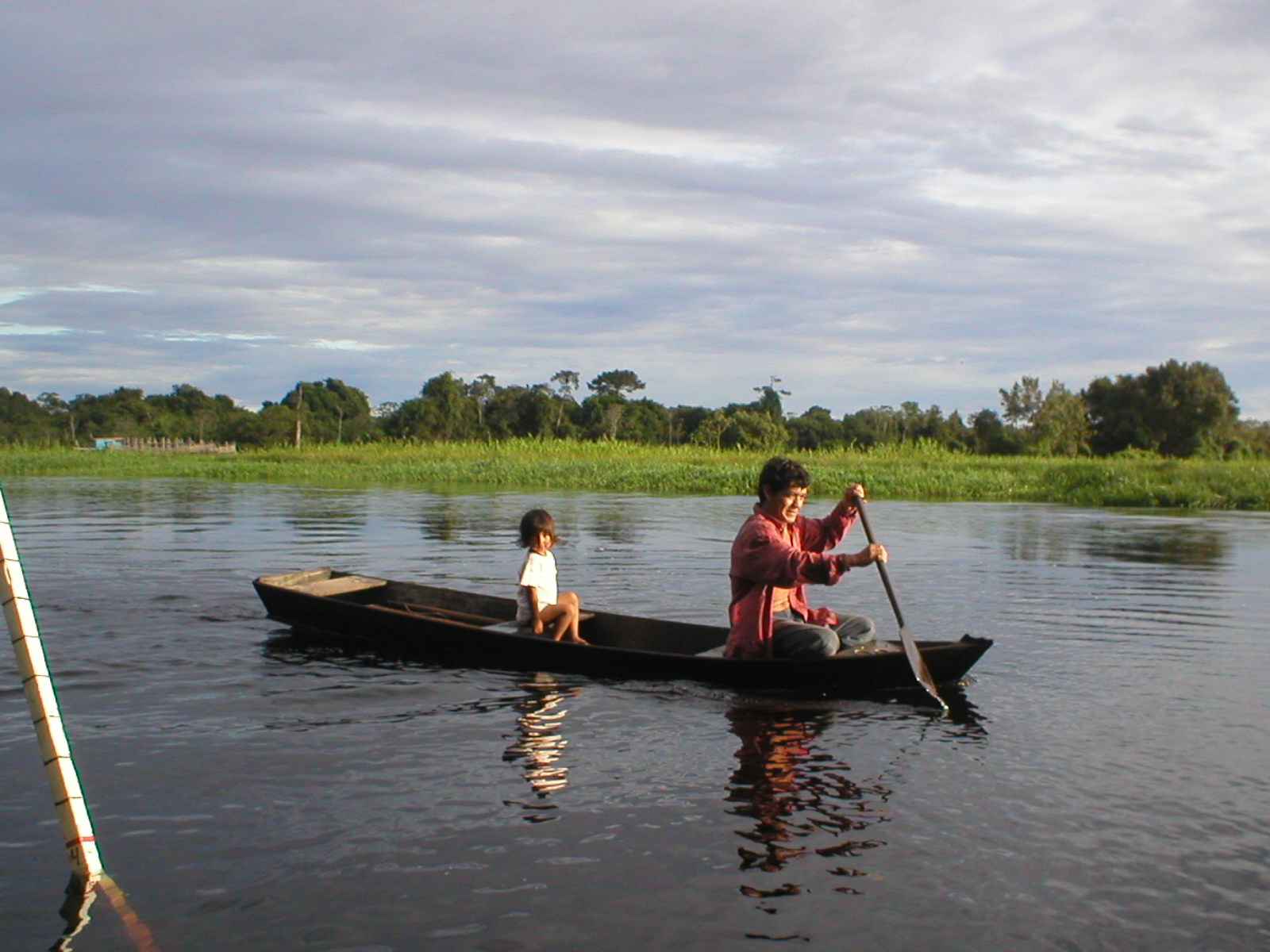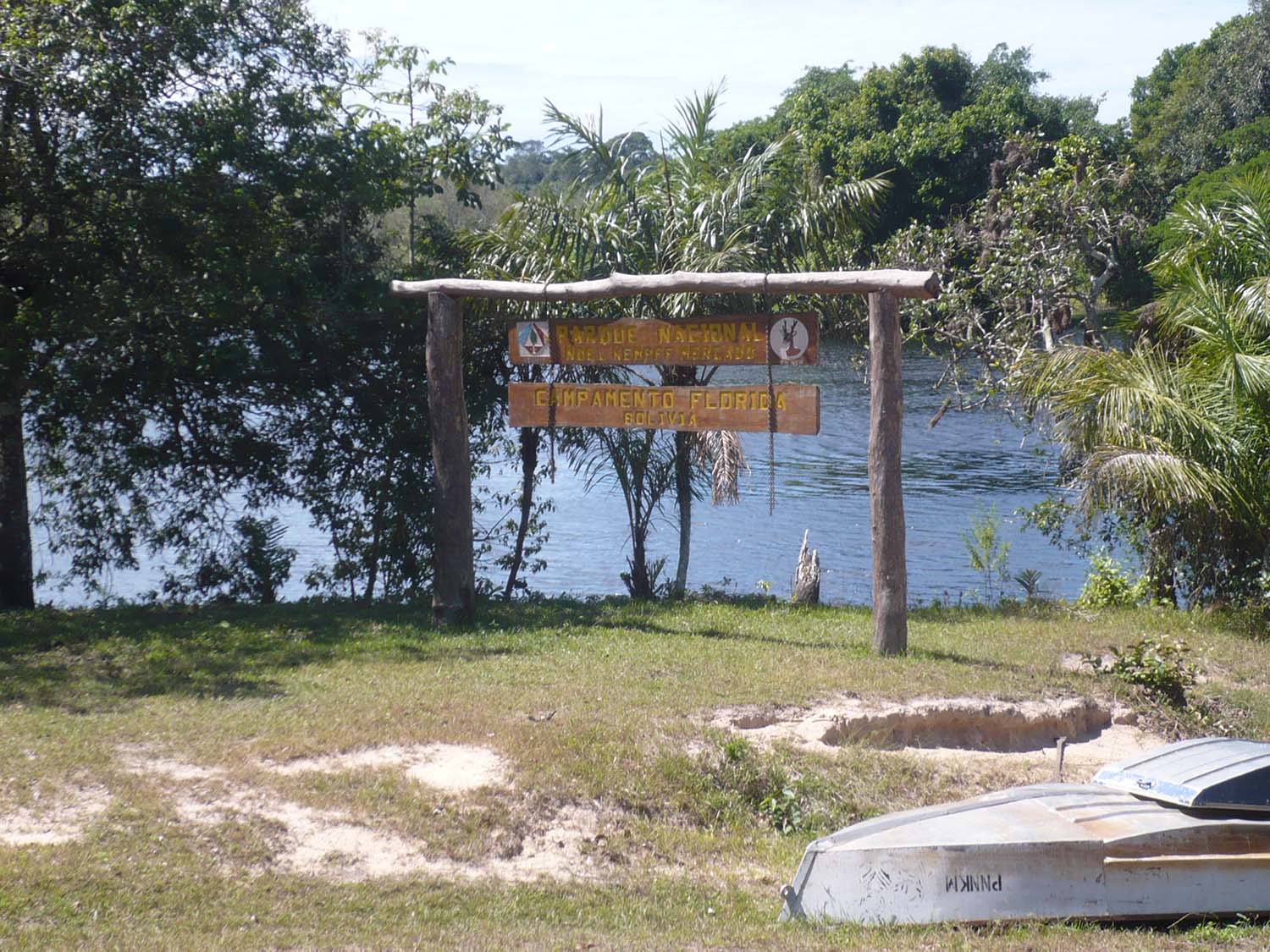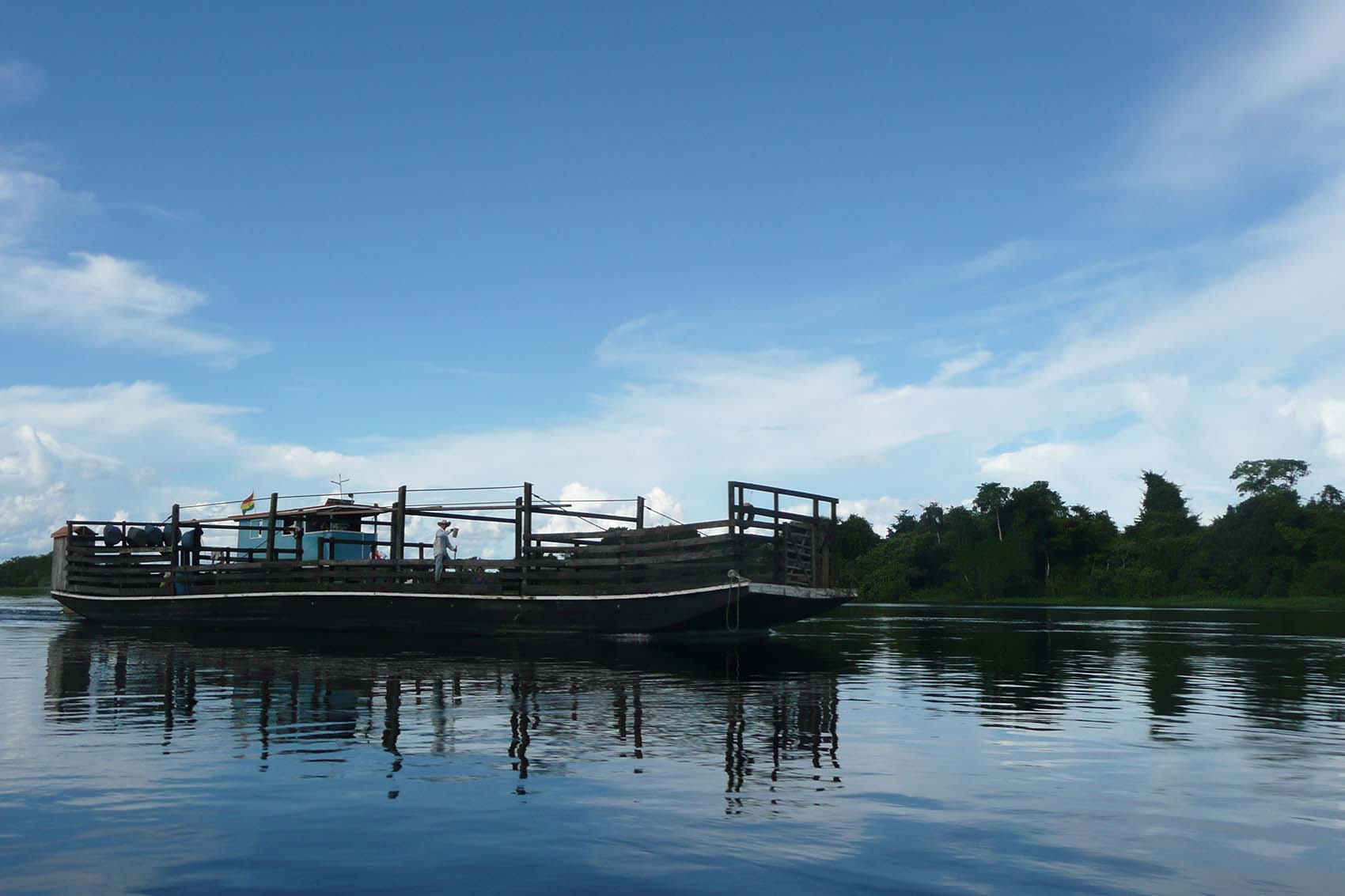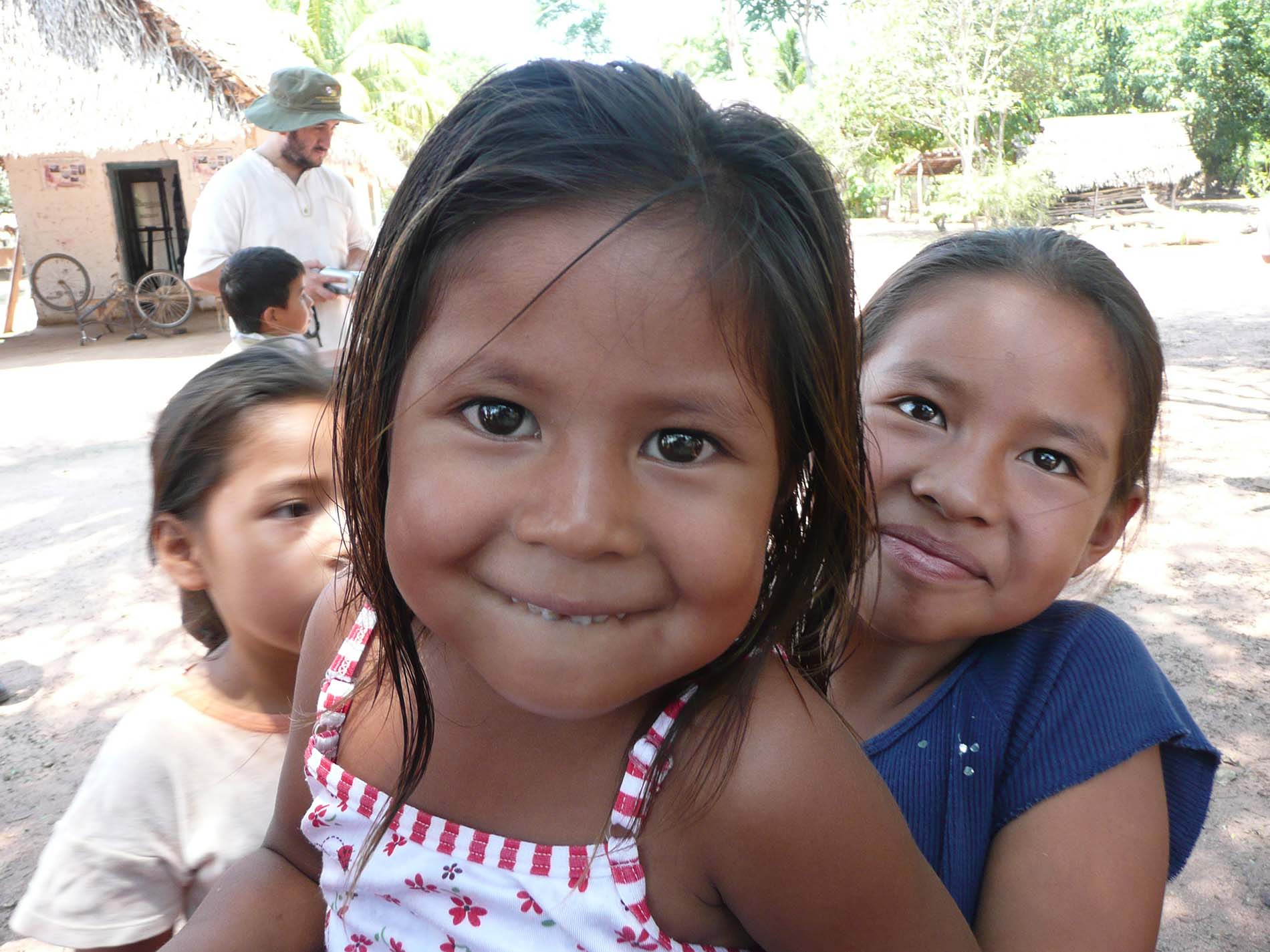




The Bolivian legal framework establishes the legitimate right of groups of local actors to decide on protected areas management and their natural resources. Since 1996, the Noel Kempff Mercado National Park developed a governance model through the creation of a Management Committee that was built gradually and that nowadays helps in planning, decision-making and the achievement of management goals for the area. The actors of the Committee are members of national, departmental, and local government as well as members of the non-government sector, with the participation of the Friends of Nature Foundation (FAN) during the co-management period of the Park (1995-2005). It also includes representatives of the seven indigenous communities and the Bolivian Indigenous Union of Bajo Paraguá. Besides this, since 2013 two additional governmental institutions participate with only the right to vote. Both of them are important in border protection and in supporting the protected area and its neighboring communities development. Since the creation of Management Committee, it has worked as a strong governing body for the protected area, without interruption in its meetings.
- National Legal Framework: Law of Popular Participation.
- Strategic vision of implementing a multi-dimensional management model based on the inclusion of actors in the decision-making processes.
- Institutionalization of the Management Committee in the Management Plan,
- as the instance of representativeness of the local population.
- Training processes for the members of the Management Committee.
- Preliminay consultation processes with the local communities institutionalized
Thanks to the meetings of the Management Committee, the communities, the local authorities, and the Park Administration participate in the decisions about the protected area planning and management. This established and strengthened the bond between the Park Administration, community members, and other actors connected to its management. For several years, the transportation of participants to the meetings was incentivized and subsidized by protected area projects. Currently, ordinary meetings are conducted every four months, with extraordinary meetings when necessary, but transport for the members is dependent on Park subsidies. The inclusion of the local population in the decision-making process allowed to incorporate different views about the management of the area, which strengthens its management and administration, and brings greater legitimacy to the decisions and strategies.